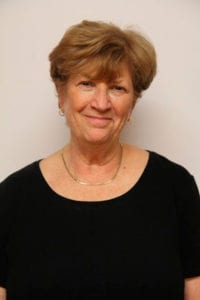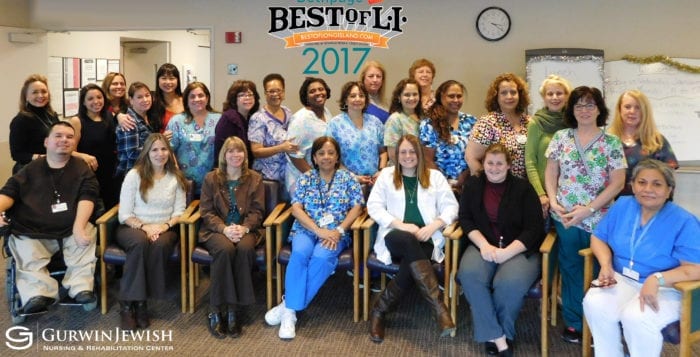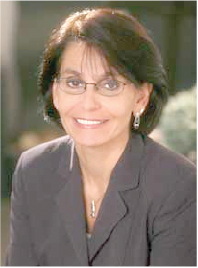Erratic weather patterns have become more prevalent, causing climate change believers to cite them as evidence of the declining health of the Earth. Still, for many people the changes have had no tangible effect on their daily lives. I experienced my first, rather distressing significant outcome of the climate crisis seven years ago. It had to do with my homeowners insurance.

We purchased our first — and only— home in northern Stony Brook in 1973. Major selling points for our little white cape cod house were: it was located in the renowned Three Village school district; it was on a large, beautifully landscaped piece of property in charming Old Field South; and it was not far from West Meadow Beach on the Long Island Sound.
When choosing homeowner’s insurance we selected a major company with a solid reputation. It was already providing our automobile coverage and even offered a discount if you took out multiple policies.
Over the years I only remember submitting one insurance claim, when a burst pipe damaged the wall-to-wall carpeting in our living room and dining room. Even through major hurricanes like Gloria and Sandy we never experienced any flooding in our basement.
Then in 2010 — quite out of the blue — a letter arrived from the company informing us it would no longer be able to provide us with the homeowner’s insurance we had counted on for 27 years.
What? Why?
We always paid our premiums on time. We had only one claim in all those years. I was completely bewildered.
I placed a call to the office of the president of the company and was told that, due to recent statistical data evaluations, the company had determined it was necessary not to renew coverage for anyone living within a mile of the water.
“But,” I argued, “you have insured us for 27 years. Our house is in the exact same location as it always has been. I just don’t understand.”
She explained that things had changed; that there would be no exceptions; and that I needed to look for a new insurance carrier.
“What about longevity,” I countered. “What about loyalty?”
She said it wasn’t personal and that she was sorry.
I threatened to drop the auto coverage on our two cars and to tell everyone I knew about this upsetting turn of events.
“Whatever you need to do,” she replied, and she apologized again.
So it was that, already in the year 2010, climate change was being taken very seriously by big insurance companies seeking to minimize their liability.
I began to wonder if we’d even be able to get insurance, considering that “things had changed.”
It took us some time to locate a company that would provide the same level of insurance coverage we’d previously obtained. Thankfully, with the help of a local broker, we were able to get a policy with a much smaller company that we had never heard of before.
And here we are in 2017, hoping that our policy with our current insurer will be renewed come the fall. We’re also hoping we’ll never again have the need to file a claim.
Donna Newman is a former editor of The Village Times Herald.














 Another way the paternity of a child born out of wedlock can be established is through an Order of Filiation. A proceeding to establish paternity may be brought in Family Court by the mother of the child, a person claiming to be the father, the child or the child’s guardian. Assuming adequate proof is submitted to the court, an order will be issued setting forth the relationship between the father and the child. Just as there is a 60-day period during which the paternity acknowledgment can be rescinded, the court has 60 days in which to vacate an Order of Filiation before it is deemed conclusive evidence of paternity.
Another way the paternity of a child born out of wedlock can be established is through an Order of Filiation. A proceeding to establish paternity may be brought in Family Court by the mother of the child, a person claiming to be the father, the child or the child’s guardian. Assuming adequate proof is submitted to the court, an order will be issued setting forth the relationship between the father and the child. Just as there is a 60-day period during which the paternity acknowledgment can be rescinded, the court has 60 days in which to vacate an Order of Filiation before it is deemed conclusive evidence of paternity.


